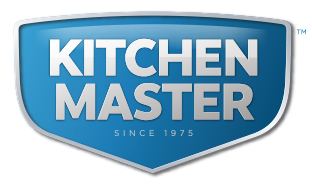REACH
REACH is an European Regulation concerning the Registration, Evaluation, Authorisation and restriction of Chemicals. It first came into force on 1st June 2007 and replaces a number of European Directives and Regulations with a single system. The Aims:
- To provide a high level of protection of human health and the environment from the use of chemicals.
- To make the people who place chemicals on the market responsible for understanding and managing risks associated with their use.
- To allow the free movement of chemicals on the EU market.
- To enhance innovation in and the competitiveness of the EU chemical industry.
- To promote the use of alternative methods for the assessment of the hazardous properties of substances.
A European Chemicals Agency in Helsinki, Finland deals with the day to day management of the REACH requirements:
Registration – chemical producers / importers must submit a registration dossier containing safety data to the chemicals agency for all chemicals produced in quantities above 1 tonne per year.
Evaluation – experts evaluate safety data for higher volume chemicals and other chemicals of concerns.
Authorisation – chemicals of very high concern will be phased out and replaced by safer alternatives, where this is technically and economically viable.
In the context of REACH, Kitchenmaster is considered to be a “Downstream User” as we do not manufacture chemical substances but blend these components into formulated mixtures. In accordance with REACH, Kitchenmaster is obliged to ensure that all our chemical ingredients comply with REACH and to ensure that individual ingredients are approved for use in the intended cleaning application of our products.
Although Brexit has changed the status of some EU regulations in Great Britain (England, Scotland and Wales), the EU REACH Regulation has been brought into UK law (as UK REACH) and the key principles of the EU REACH Regulation have been retained. Kitchenmaster, based in Northern Ireland, ensures that we comply with both the EU REACH Regulation and UK REACH in relation to our products.
